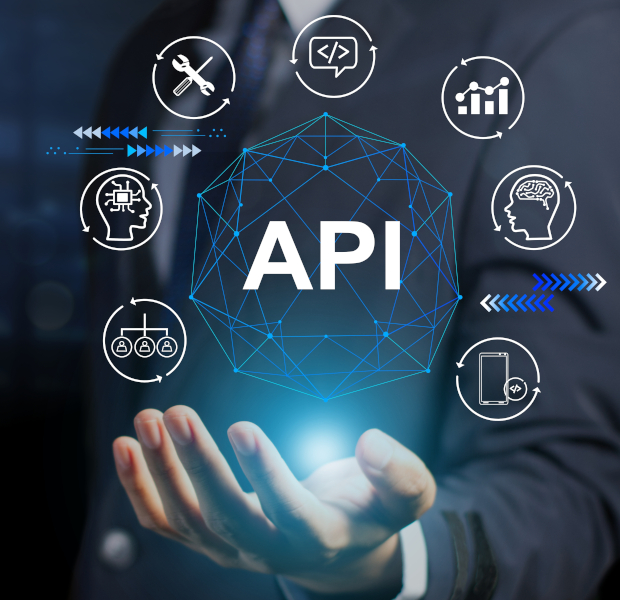
Revolutionize Your Business with AI
Harness the Power of Large Language Models
Discover how advanced AI models like GPT/Gemma/LLama can transform your operations, from content creation to customer service. Embrace innovation with our cutting-edge LLM solutions.
Explore LLM Solutions
Elevate Your Online Presence
Build Robust and Scalable Web Solutions
Create responsive, user-friendly websites and web applications that drive business growth. Our web development services ensure your online presence is impactful and engaging.
Start Your Web Project
Achieve Excellence with ISO Standards
Ensure Quality and Efficiency in Your Operations
Our ISO Compliance services help you meet international standards, enhancing your credibility and operational performance. Stay ahead with continuous improvement and certification support.
Enhance Your Compliance









